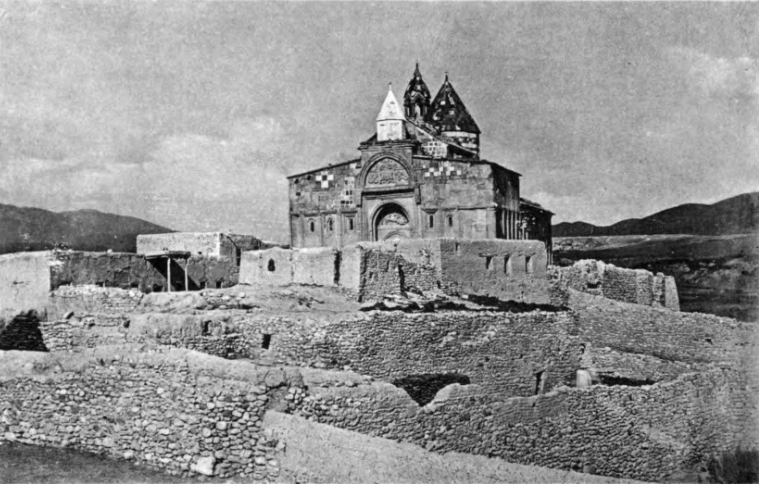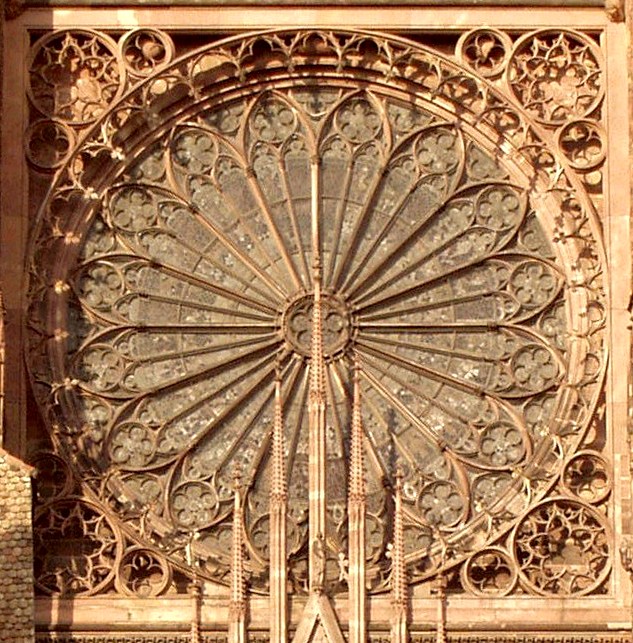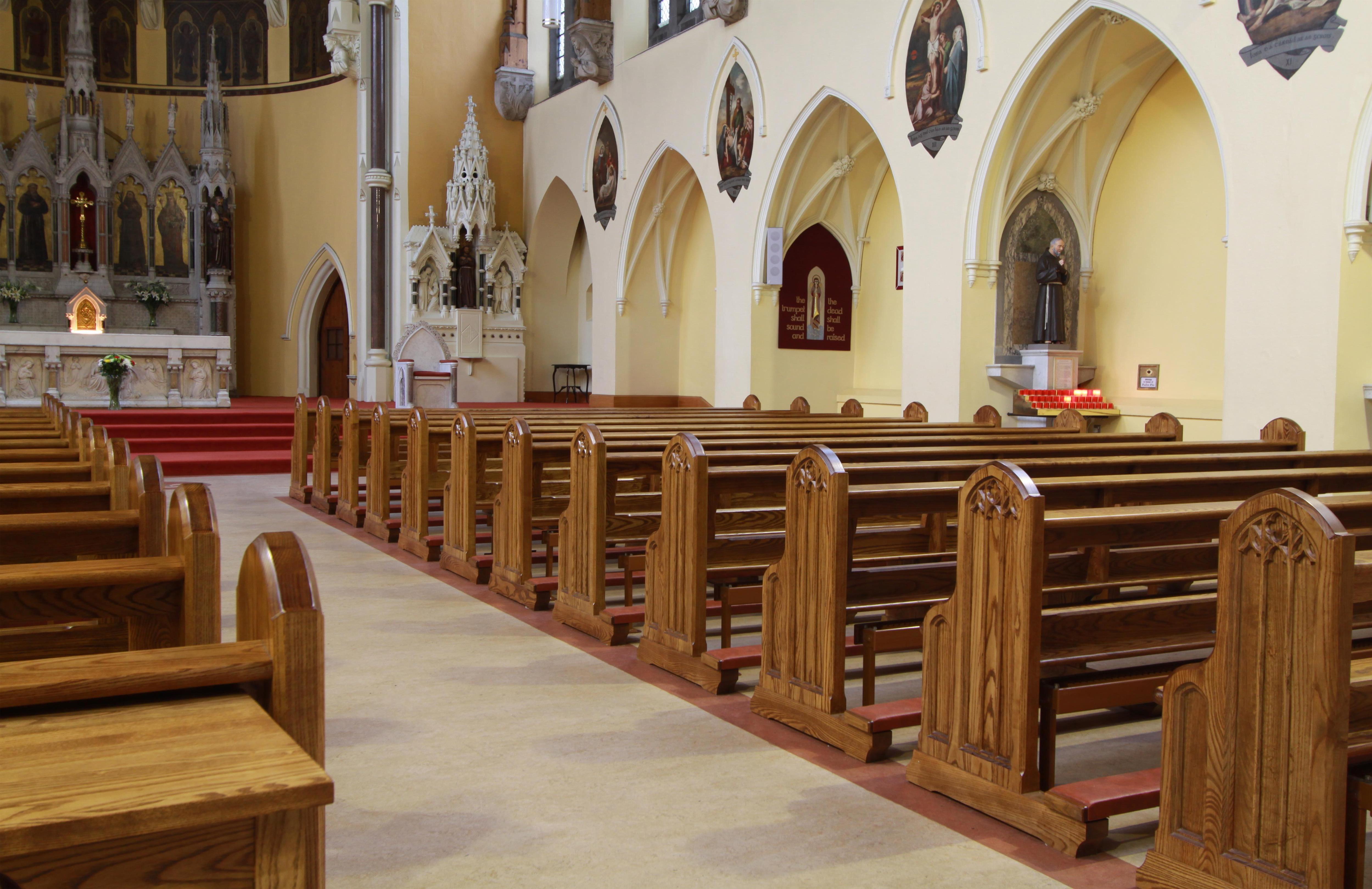|
St Bartholomew's Church, Brighton
St Bartholomew's Church, dedicated to the apostle Saint Bartholomew, Bartholomew, is an Anglican church in Brighton, England. The Gothic Revival architecture, neo-gothic building is located on Ann Street, on a sloping site between Brighton railway station and the A23 road, A23 London Road, adjacent to the New England Quarter development. It is notable for its height – dominating the streets around it and being visible from many parts of the city – and its distinctive red-brick construction. History and construction The Revd Henry Michell Wagner, who had occupied the position of Vicar of Brighton since 1824, died in 1870, giving his son, the Revd Arthur Wagner, Arthur Douglas Wagner (the curate of St Paul's Church, Brighton, St Paul's Church in West Street), the opportunity to continue and improve his father's proposals for new parish churches in Brighton. He undertook three such schemes in the 1870s, two in conjunction with his two half-brothers, but Saint Bartholom ... [...More Info...] [...Related Items...] OR: [Wikipedia] [Google] [Baidu] |
St Bartholomew
Bartholomew was one of the twelve apostles of Jesus according to the New Testament. Most scholars today identify Bartholomew as Nathanael, who appears in the Gospel of John (1:45–51; cf. 21:2). New Testament references The name ''Bartholomew'' (, transliterated "Bartholomaios") comes from the ''bar-Tolmay'' "son of Tolmai" or "son of the furrows". Bartholomew is listed in the New Testament among the Twelve Apostles of Jesus in the three Synoptic Gospels: Matthew, Mark, and Luke, and in Acts of the Apostles. Tradition Eusebius of Caesarea's ''Ecclesiastical History'' (5:10) states that after the Ascension, Bartholomew went on a missionary tour to India, where he left behind a copy of the Gospel of Matthew. Tradition narrates that he served as a missionary in Mesopotamia and Parthia, as well as Lycaonia and Ethiopia in other accounts.''Encyclopædia Britannica'', Micropædia. vol. 1, p. 924. Chicago: Encyclopædia Britannica, Inc., 1998. . Popular traditions say that B ... [...More Info...] [...Related Items...] OR: [Wikipedia] [Google] [Baidu] |
Curate
A curate () is a person who is invested with the ''care'' or ''cure'' () of souls of a parish. In this sense, ''curate'' means a parish priest; but in English-speaking countries the term ''curate'' is commonly used to describe clergy who are assistants to the parish priest. The duties or office of a curate are called a curacy. Etymology and other terms The term is derived from the Latin (compare Curator). In other languages, derivations from ' may be used differently. In French, the is the chief priest (assisted by a ) of a parish, as is the Italian , the Spanish , and the Filipino term (which almost always refers to the parish priest), which is derived from Spanish. Catholic Church In the Catholic Church, the English word ''curate'' is used for a priest assigned to a parish in a position subordinate to that of the parish priest. The parish priest (or often, in the United States, the ''pastor'' or ''minister'') is the priest who has canonical responsibility for the ... [...More Info...] [...Related Items...] OR: [Wikipedia] [Google] [Baidu] |
Gilding
Gilding is a decorative technique for applying a very thin coating of gold over solid surfaces such as metal (most common), wood, porcelain, or stone. A gilded object is also described as "gilt". Where metal is gilded, the metal below was traditionally silver in the West, to make silver-gilt (or ''vermeil'') objects, but gilt-bronze is commonly used in China, and also called ormolu if it is Western. Methods of gilding include hand application and gluing, typically of gold leaf, chemical gilding, and electroplating, the last also called gold plating. Parcel-gilt (partial gilt) objects are only gilded over part of their surfaces. This may mean that all of the inside, and none of the outside, of a chalice or similar vessel is gilded, or that patterns or images are made up by using a combination of gilt and ungilted areas. Gilding gives an object a gold appearance at a fraction of the cost of creating a solid gold object. In addition, a solid gold piece would often be too soft or to ... [...More Info...] [...Related Items...] OR: [Wikipedia] [Google] [Baidu] |
Rose Window
Rose window is often used as a generic term applied to a circular window, but is especially used for those found in Gothic cathedrals and churches. The windows are divided into segments by stone mullions and tracery. The term ''rose window'' was not used before the 17th century and comes from the English flower name rose. The name "wheel window" is often applied to a window divided by simple spokes radiating from a central boss or opening, while the term "rose window" is reserved for those windows, sometimes of a highly complex design, which can be seen to bear similarity to a multi-petalled rose. Rose windows are also called "Catherine windows" after Saint Catherine of Alexandria, who was sentenced to be executed on a spiked breaking wheel. A circular window without tracery such as are found in many Italian churches, is referred to as an ocular window or Oculus (architecture), oculus. Rose windows are particularly characteristic of Gothic architecture and may be seen in all th ... [...More Info...] [...Related Items...] OR: [Wikipedia] [Google] [Baidu] |
Buttress
A buttress is an architectural structure built against or projecting from a wall which serves to support or reinforce the wall. Buttresses are fairly common on more ancient (typically Gothic) buildings, as a means of providing support to act against the lateral (sideways) forces arising out of inadequately braced roof structures. The term ''counterfort'' can be synonymous with buttress and is often used when referring to dams, retaining walls and other structures holding back earth. Early examples of buttresses are found on the Eanna Temple (ancient Uruk), dating to as early as the 4th millennium BC. Terminology In addition to flying and ordinary buttresses, brick and masonry buttresses that support wall corners can be classified according to their ground plan. A clasping or clamped buttress has an L-shaped ground plan surrounding the corner, an angled buttress has two buttresses meeting at the corner, a setback buttress is similar to an angled buttress but the buttresses ... [...More Info...] [...Related Items...] OR: [Wikipedia] [Google] [Baidu] |
Free And Open Church
A pew () is a long bench seat or enclosed box, used for seating members of a congregation or choir in a synagogue, church, funeral home or sometimes a courtroom. Occasionally, they are also found in live performance venues (such as the Ryman Auditorium in Nashville, which was formerly a church). In Christian churches of the Roman Catholic, Lutheran, and Anglican traditions, kneelers are an essential part of the pew, that are used during various parts of the liturgy. Overview The first backless stone benches began to appear in English churches in the thirteenth century, originally placed against the walls of the nave. Over time, they were brought into the centre of the room, first as moveable furniture and later fixed to the floor. Wooden benches replaced the stone ones from the fourteenth century and became common in the fifteenth. Churches were not commonly furnished with permanent pews before the Protestant Reformation. The rise of the sermon as a central act of Christia ... [...More Info...] [...Related Items...] OR: [Wikipedia] [Google] [Baidu] |
Early English Period
English Gothic is an architectural style that flourished from the late 12th until the mid-17th century. The style was most prominently used in the construction of cathedrals and churches. Gothic architecture's defining features are pointed arches, rib vaults, buttresses, and extensive use of stained glass. Combined, these features allowed the creation of buildings of unprecedented height and grandeur, filled with light from large stained glass windows. Important examples include Westminster Abbey, Canterbury Cathedral and Salisbury Cathedral. The Gothic style endured in England much longer than in Continental Europe. The Gothic style was introduced from France, where the various elements had first been used together within a single building at the choir of the Abbey of Saint-Denis north of Paris, completed in 1144. The earliest large-scale applications of Gothic architecture in England were Canterbury Cathedral and Westminster Abbey. Many features of Gothic architecture ... [...More Info...] [...Related Items...] OR: [Wikipedia] [Google] [Baidu] |
Portslade
Portslade is a western suburb of the city of Brighton and Hove in the ceremonial county of East Sussex, England. Portslade Village, the original settlement a mile inland to the north, was built up in the 16th century. The arrival of the railway from Brighton in 1840 encouraged rapid development of the coastal area and in 1898 the southern part, formerly known as Copperas Gap, was granted Urban district (England and Wales), urban district status and renamed Portslade-by-Sea, making it distinct from Portslade Village. After World War II the district of Mile Oak to the north was added. Today, Portslade is bisected from east to west by the old A27 road (now the A270) between Brighton and Worthing, each part having a distinct character. Geography Portslade Village, to the north, nestles in a valley of the South Downs and still retains its rural character with flint buildings, a village green and the small parish church of St Nicolas Church, Portslade, St Nicolas, which is the sec ... [...More Info...] [...Related Items...] OR: [Wikipedia] [Google] [Baidu] |
Worthing
Worthing ( ) is a seaside town and borough in West Sussex, England, at the foot of the South Downs, west of Brighton, and east of Chichester. With a population of 113,094 and an area of , the borough is the second largest component of the Brighton and Hove built-up area, the List of urban areas in the United Kingdom, 15th most populous urban area in the United Kingdom. Northern parts of the borough, including the Worthing Downland Estate, form part of the South Downs National Park. In 2019, the Art Deco Worthing Pier was dubbed the best in Britain. Dating from around 4000 BC, the flint mines at Cissbury and nearby Church Hill, West Sussex, Church Hill, Blackpatch and Harrow Hill, West Sussex, Harrow Hill are amongst the earliest Neolithic British Isles, Neolithic monuments in Britain. The Iron Age hill fort of Cissbury Ring is one of Britain's largest. The recorded history of Worthing began with the Domesday Book. Worthing is Historic counties of England, historically part o ... [...More Info...] [...Related Items...] OR: [Wikipedia] [Google] [Baidu] |
Heene
West Worthing is a neighbourhood of Worthing in West Sussex, England that was developed within Heene and later expanded beyond Heene's boundaries. Intended as an exclusive resort, the township of West Worthing was developed from around 1864 and merged with the formerly separate township of Worthing in 1890, when Worthing gained borough status. Heene is a former civil parish, now part of the borough of Worthing. It lies on the A259 road 0.6 miles (1 km) west of the town centre. Once part of the parish of West Tarring, Heene was a civil parish in its own right from the 16th century until 1902. Etymology Heene comes from the word ''hīun'' or ''hīwun'' meaning family or household. Geography The borders of the former civil parish of Heene are defined by the Teville Stream and Tarring Road to the north and Elm Grove and Wallace Avenue (once known as Sea Lane) to the west. West Worthing encompasses this area and extends west to the boundary with Goring at George V Avenue. ... [...More Info...] [...Related Items...] OR: [Wikipedia] [Google] [Baidu] |
St Botolph's Church, Heene
St Botolph's Church is an Anglican church in the Heene area of the borough of Worthing, one of seven local government districts in the English county of West Sussex. It had 11th-century origins as a chapelry within the parish of West Tarring, but declined and fell into disuse by the 18th century. Neighbouring Worthing's rapid development as a seaside resort in the 19th century encouraged residential growth around the ancient village of Heene, and a new church with the same dedication was built to serve both Heene and the high-class planned estate of West Worthing. Edmund Scott's Early English Gothic-style church ( listed at Grade C) stands next to the fragmentary ruins of the old church, which are listed separately at Grade II. History Heene developed in Saxon times as a coastal hamlet west of Worthing. At the time of the Domesday survey in 1086, it had two estates held by William de Braose, 1st Lord of Bramber—a Norman people, Norman nobleman who owned much land in th ... [...More Info...] [...Related Items...] OR: [Wikipedia] [Google] [Baidu] |
Architectural History
The history of architecture traces the changes in architecture through various traditions, regions, overarching stylistic trends, and dates. The beginnings of all these traditions is thought to be humans satisfying the very basic need of shelter and protection. The term "architecture" generally refers to buildings, but in its essence is much broader, including fields we now consider specialized forms of practice, such as urbanism, civil engineering, naval, military, and landscape architecture. Trends in architecture were influenced, among other factors, by technological innovations, particularly in the 19th, 20th and 21st centuries. The improvement and/or use of steel, cast iron, tile, reinforced concrete, and glass helped for example Art Nouveau appear and made Beaux Arts more grandiose. Paleolithic Humans and their ancestors have been creating various types of shelters for at least hundreds of thousands of years, and shelter-building may have been present early in homini ... [...More Info...] [...Related Items...] OR: [Wikipedia] [Google] [Baidu] |






